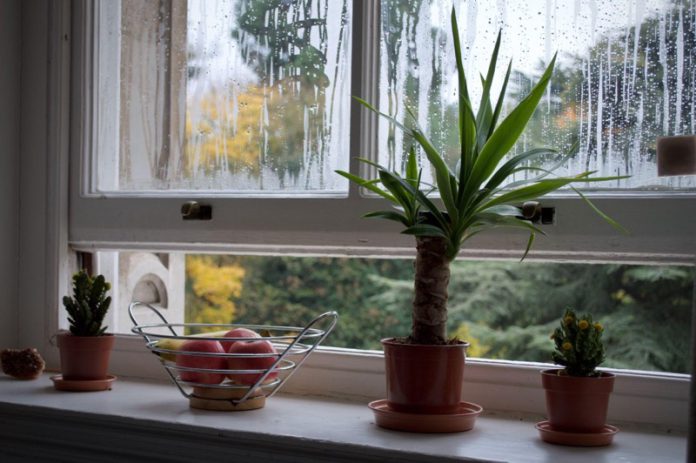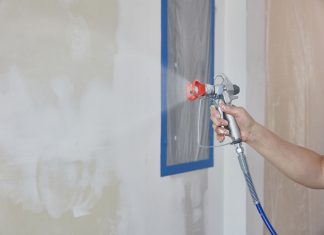We all know how important it is to breathe fresh air. But did you know that the air quality inside your home can be just as important? In fact, the average home is now thought to be up to five times more polluted than the air outside. This is largely due to the trapping of pollutants inside.
So what can you do to improve the air quality in your home and create a healthier environment for your family? Here are four simple tips:
1. Ventilate Regularly
The simplest way to improve indoor air quality is to ventilate regularly. This means opening doors and windows to let fresh air in and stale air out. Do this for at least 15 minutes each day and more if possible. If you live in an area with high traffic or pollution, invest in an air purifier to help filter the air. Combining this with your HVAC system with a high-efficiency particulate air filter will deliver the best results.
Ventilating your home is the best way to get rid of indoor pollutants. It’s also advisable to do an air purity test to determine what is in your home’s air. Consult a nearby professional specializing in air services to get started. Remember that ventilation works best when the weather allows and is only one part of improving the air quality inside your home.
2. Keep Surfaces Clean
Dust and dirt can build up on surfaces, eventually becoming airborne. Regularly cleaning surfaces – especially those that collect dust, like blinds and ceiling fans – can help reduce indoor pollution. Use a damp cloth or mop instead of dry dusting, which can just spread the dirt around.
Focus more on high-traffic areas and those where you spend most of your time, like the living room, kitchen, and bedrooms. In the kitchen, pay special attention to stovetops and range hoods, which can collect grease and other particles. A clean home is a happy and healthy home.
3. Reduce or Eliminate the Use of Toxic Chemicals
Many household cleaners and personal care products contain harmful chemicals that can pollute the air and cause allergies. Look for products labeled “fragrance-free” or “unscented,” as these often have fewer toxic chemicals. When using any cleaning product, be sure to also open windows and doors to let the fumes out. Toxins can accumulate over time, creating an unhealthy environment.
You might also want to consider switching to more natural products, like vinegar and baking soda or specially made “green” cleaners. In the bathroom, look for personal care products labeled “phthalate-free,” as these often contain fewer harmful chemicals. If you have anyone with asthma or other respiratory problems in your household, be especially mindful of the products you use, as they can be more sensitive to chemicals.
4. Bring Plants Indoors
Plants are great for improving air quality. They help filter out harmful toxins and add oxygen to the air. If you don’t have a green thumb, don’t worry – there are plenty of low-maintenance options that are perfect for beginners. Some of the best air purification plants include:
- Aloe vera
- Bamboo palm
- Gerbera daisy
- Peace lily
- Rubber plant
- Spider plant
Place the plants around your home, in areas where you spend the most time, such as near your bed, on your dining table, or in the living room. Not only will they help purify the air indoors, but they also add a touch of nature to your space.
Breathe Easier Knowing That Your Air is Cleaner
So there you have it – four simple ways to improve the air quality in your home. By making a few small changes, you can create a healthier environment for your family and breathe easier knowing that the air you’re inhaling is cleaner. Indoor air quality is often overlooked, but it’s important to be aware of the potential hazards and take steps to ensure that the air in your home is as clean as possible.















